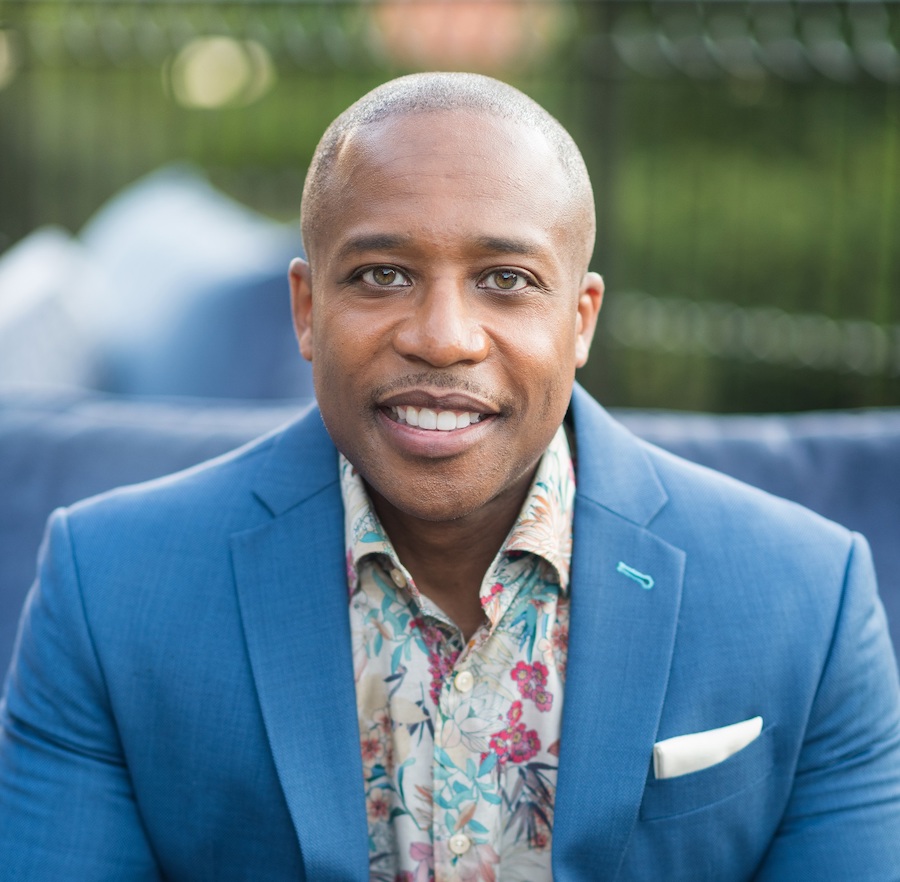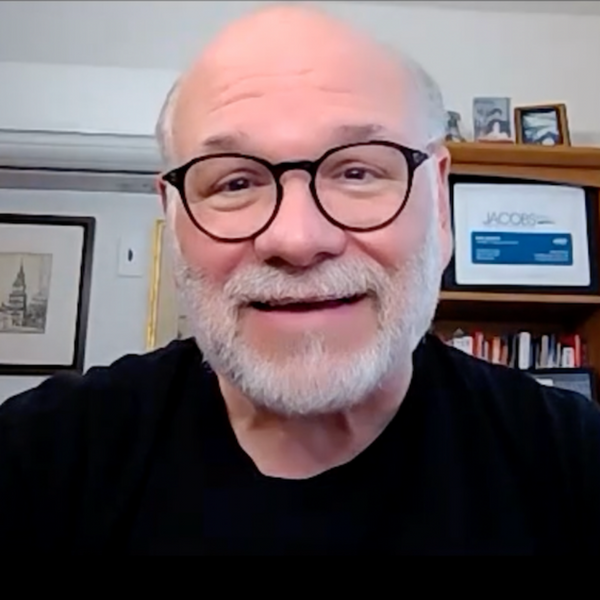P&G CCO Damon Jones on Vocalizing Your Beliefs
By Ken Jacobs
September 2023
Damon Jones started at P&G as an associate manager of communications in the fabric and home care division after graduating from Xavier University in 1997.
Since then, Jones has increasingly gained more responsibilities, serving in a variety of senior-level comms roles across the globe. In 2020, the world’s largest consumer goods company named Jones its CCO.
Today, he and his team are responsible for P&G’s image and reputation and that of its nearly 100 brands. P&G’s global communications discipline includes brand and corporate communications, digital and social media, stakeholder engagement, issues advocacy and crisis management.
He also directs a broad portfolio of citizenship and advocacy efforts focused on driving equality for women, people of color and other underrepresented groups.
Here, Jones offers insights on leading other leaders, developing diverse talent and communicating during politically divisive times.
You oversee a function of more than 600 people globally, including senior-level communicators. What’s your approach to leadership?
Three principles guide my approach.
Hire good people and get out of their way. As a leader, I work on understanding what help really looks like — which comes through candid dialogue, even in turbulent times. I work to be clear on where I need to be involved and ensure leaders have visibility on “why” to avoid misperceptions of micromanagement.
I deliberately create space to talk about both process and outcomes, so when there is tough feedback, it doesn’t have to be “a moment” and people have license to tell me what was and wasn’t helpful in the end, despite my intentions.
Make the sausage together. While writing by committee is never a fun task, it can be an amazing learning experience to understand how people approach communications challenges differently.
And when you spend more time on the “why,” the “how” is almost always better. It also helps me ensure people leading individual business areas are connected with enterprise needs.
Lean in and learn from what doesn’t work well. We embrace the misses, shine a light on them and reward people who have the courage to help others learn from their mistakes.
This starts with me and requires vulnerability, but the reward is in creating a culture where fear and uncertainty are reduced, as we unleash creativity and [yield] great results.
When it comes to DE&I, it appears that corporate America is ahead of the agency world. What’s your message to agencies about what they must do to catch up?
I’m hesitant to make direct comparisons, as the reality of corporate and agency life is very different. It’s important that we all hold ourselves accountable and push one another forward as an ecosystem to continue to make progress on equity and inclusion.
At P&G, we’ve been on a journey to create a more equal and equitable creative ecosystem and to empower other companies and players — including agencies — in this arena to do the same.
There are two principles that I would encourage agency leaders to consider.
Inclusion is everyone’s job — every day. We need diversity in every agency account team so that diversity of experience, thought and background is built into all the work we’re doing. I have seen too much emphasis on agencies creating a separate DE&I practice.
Collectively, we as leaders and communicators must operationalize and systemize inclusion throughout the ecosystems and organizations we lead.
And if the systems don’t change, then change the systems. We must be more proactive in finding and developing diverse talent in our organizations. If agencies (or any company) are not getting the diverse candidates who will help build a diverse pipeline long term, then they must go find those candidates and create a culture where they can stay and thrive. Creating a systems-based approach around this helps drive meaningful and lasting change.
Equity and inclusion build stronger teams, companies and communities. It’s the right thing to do — and it’s good for business.
In 2008, after 11 years at P&G, you worked as the communications director for The Democratic National Convention supporting then-presidential candidate Barack Obama in his first election. What can leaders do to be effective in an era of what feels like extreme political divisiveness?
It is more important than ever that we develop deep knowledge of the audiences we communicate to. We must be aware of social changes, the lenses through which people view our communications and the context that frequently changes.
As communications leaders, it’s our job to provide context and ensure that the full story is understood. To do this, we must help people understand the what and the why. At P&G, the what can change, but the why — our values and principles — is enduring.
How we express those to employees that have been at the company for 35 years is different than how we might for employees who have been here for three years. It’s our job to ensure that not only is the what clear but that the why is contextually relevant.
What’s the most important leadership lesson that you learned about leadership from a parent, grandparent or other relative, that guides you to this day?
When I was growing up in the Detroit area, my mother was very involved in the United Auto Workers Union. Her leadership in the union and seeing her push for change taught me to never be afraid to vocalize my beliefs. It taught me how to act on what I think is the right thing to do.
In summary: See something, say something, do something — starting with yourself.
What’s the most difficult decision you ever had to make as a leader? And what did you learn from that?
Recognizing and communicating when an employee and the organization are no longer a good match. This can happen for a variety of reasons but, as a leader, you need to have the clarity of thought to ask the right questions to understand if employees are contributing to their full potential and assessing if there’s a path for them to grow more within your organization or elsewhere.
You must then have the emotional maturity to give direct feedback and help them see new opportunities. I’ve learned that it’s important to help people get in touch with their skills, their passions and the opportunities they’re most excited about — and sometimes this means helping them find a new environment where they can be put to maximum impact.



